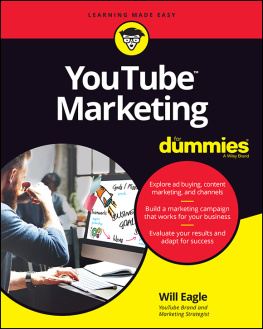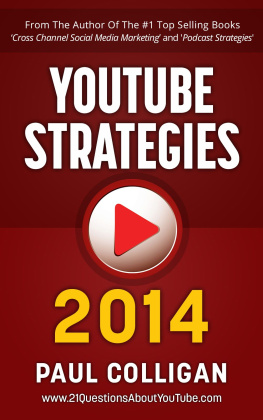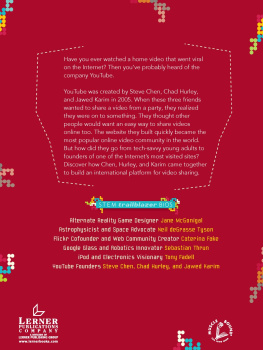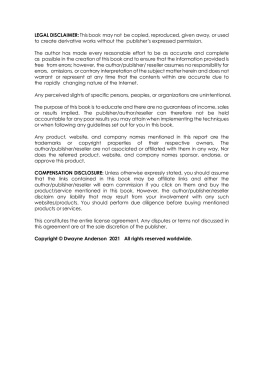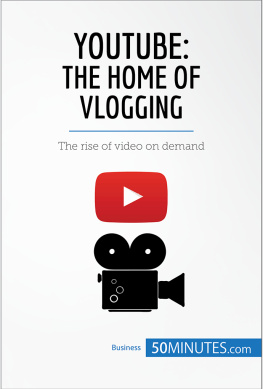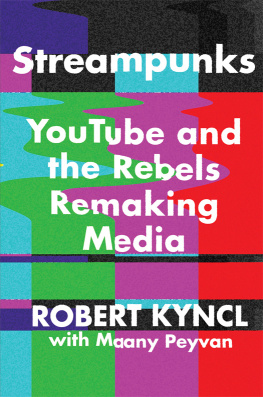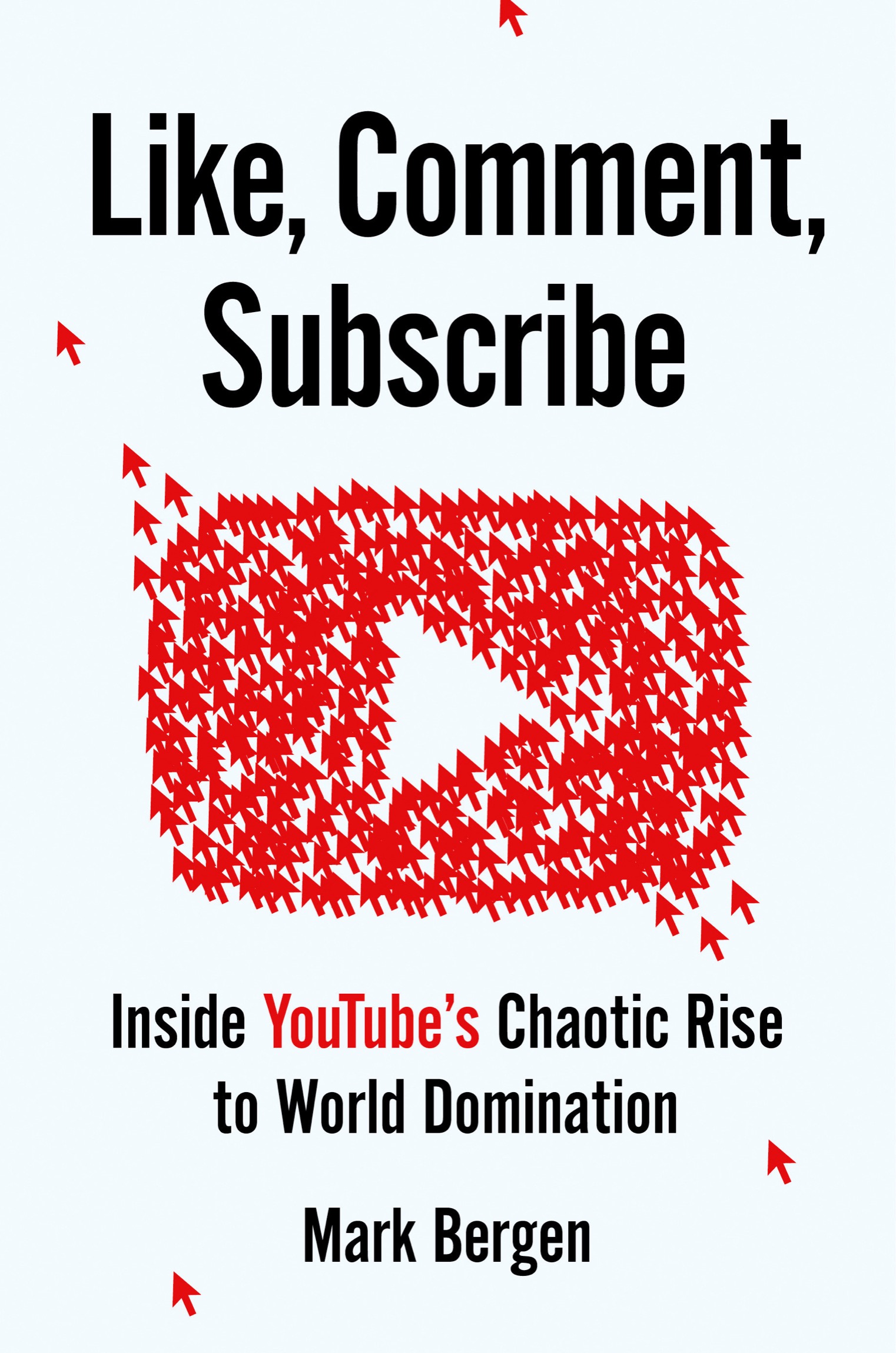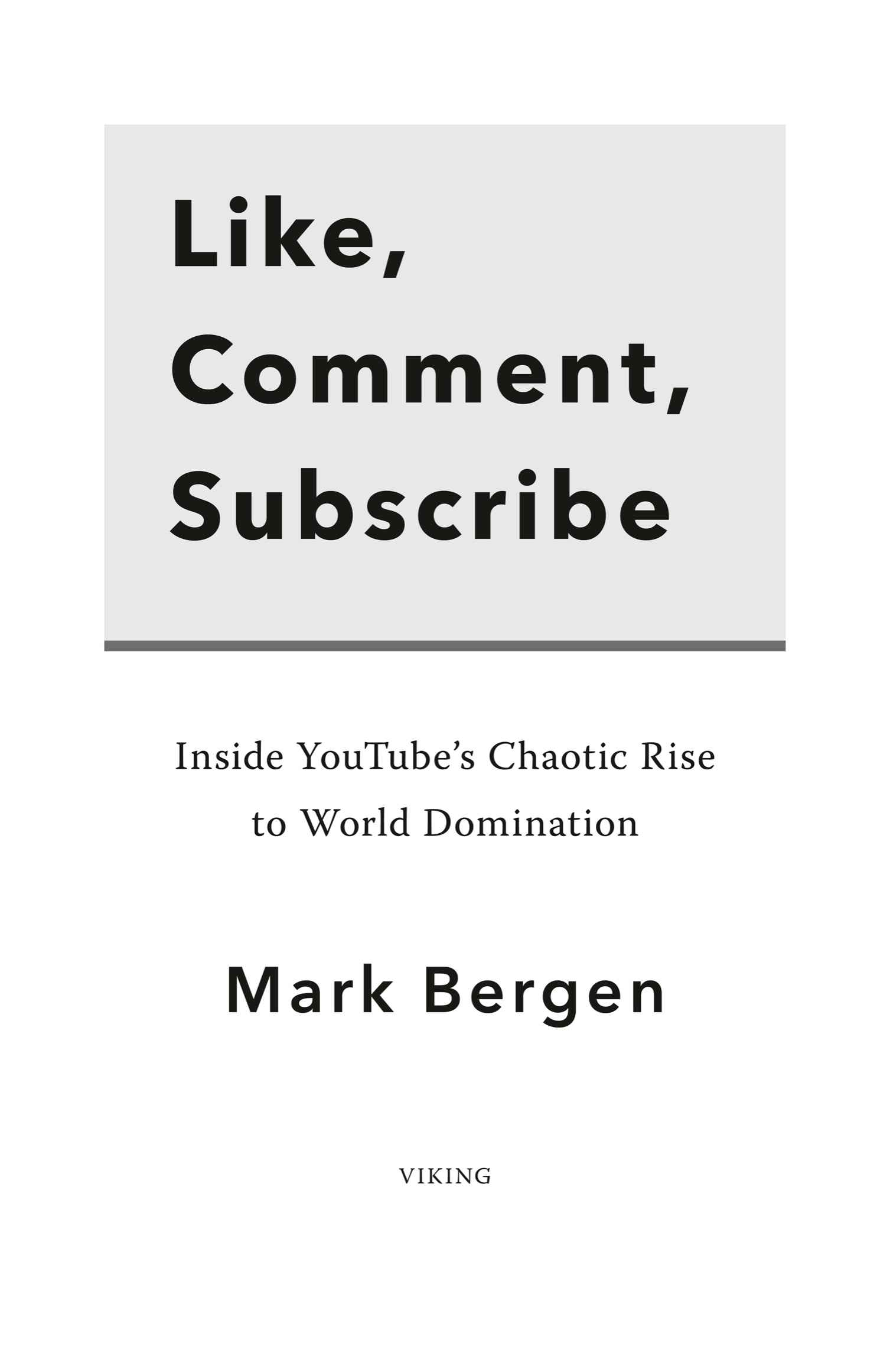VIKING
An imprint of Penguin Random House LLC
penguinrandomhouse.com
Copyright 2022 by Mark Bergen
Penguin Random House supports copyright. Copyright fuels creativity, encourages diverse voices, promotes free speech, and creates a vibrant culture. Thank you for buying an authorized edition of this book and for complying with copyright laws by not reproducing, scanning, or distributing any part of it in any form without permission. You are supporting writers and allowing Penguin Random House to continue to publish books for every reader.
Library of Congress Cataloging-in-Publication Data
Names: Bergen, Mark (Business journalist), author.
Title: Like, comment, subscribe : inside YouTubes chaotic rise to world domination / Mark Bergen.
Description: New York : Viking, [2022] | Includes bibliographical references and index.
Identifiers: LCCN 2022002106 (print) | LCCN 2022002107 (ebook) | ISBN 9780593296349 (hardcover) | ISBN 9780593296356 (ebook) | ISBN 9780593653098 (international edition)
Subjects: LCSH: YouTube (Firm) | Google (Firm) | Internet videosSocial aspects. | Internet industry. | Internet entertainment industry.
Classification: LCC HD9696.8.U64 Y6834 2022 (print) | LCC HD9696.8.U64 (ebook) | DDC 338.7/6102504dc23/eng/20220706
LC record available at https://lccn.loc.gov/2022002106
LC ebook record available at https://lccn.loc.gov/2022002107
Cover design by Colin Webber
Designed by Cassandra Garruzzo Mueller
pid_prh_6.0_140845392_c0_r0
For Annie, my love
So much has been done, exclaimed the soul of Frankensteinmore, far more, will I achieve; treading in the steps already marked, I will pioneer a new way, explore unknown powers, and unfold to the world the deepest mysteries of creation.
MARY SHELLEY, FRANKENSTEIN, 1818
It was going to be a joke. This was all going to be a joke. Why did it become so real?
LOGAN PAUL, WE FOUND A DEAD BODY IN THE JAPANESE SUICIDE FOREST, YOUTUBE, 2017
Contents
PROLOGUE
March 15, 2019
Haji-Daoud Nabi, a grandfather with a thick white beard and a bright smile, met the man who would end his life on a sunny Friday afternoon in Christchurch, New Zealand. Nabi stood at the entrance to his mosque. As the younger man approached, Nabi assumed this visitor was coming to join in worship and greeted him warmly, Hello, brother.
Before his arrival the younger man had sent an email with the subject line On the attack in New Zealand today. The email began with a confessionI was the partisan that committed the assaultand included a long manifesto. It landed in in-boxes of the nations newspaper editors and television producers, professionals who, not too long ago, determined what was broadcast to the world. The email was dismissed as spam or the ramblings of a crank.
Then the calls flooded in. Gunshots heard everywhere around Christchurchs Hagley Park. Lifeless, bloodied bodies lay across two mosques, sacred sites on either side of the parks rich green. At least fifty dead, including a three-year-old child and Nabi. A reporter who landed on the scene, Kirsty Johnston, saw only carnage and wounded survivors frantically waving down taxis to the hospital. She had grown up in this placid island nation, where police usually didnt carry guns, where violence and vitriol happened overseas, on the news. Not here.
But the nation had changed, and so had the news. Everyone soon learned that the terrorist behind the killings, a twenty-eight-year-old white man, had strapped on a body camera and broadcast seventeen minutes of his rampage live on the internet. And so those same newspaper editors and television producers combed through his footage and manifesto for any clues behind the countrys gravest mass shooting ever. They waded through arcane references to Serbian politics, sixteenth-century warfare, and internet subcultures. Little made sense. But one bit stood out as recognizable: the name of a YouTube star. Remember, lads, the terrorist said on-screen, moments before opening fire. Subscribe to PewDiePie.
In the days before, halfway around the globe, YouTube employees soaked in a gigantic, heated resort pool. They had arrived in shuttle buses, as always. The buses had come north, through San Francisco and Berkeley, through tony suburbs and towns, through forested state parks dotted with soaring redwoods, and into the heart of California wine country to Indian Springs, to a quaint hotel situated atop a natural hot spring in Calistoga. In 1859, that city was declared settled by Californias first millionaire, a man made rich by promoting the gold rush to anyone who would listen.
Claire Stapleton, a YouTube manager, unpacked her bags in a hotel cottage. She had done these corporate retreats many, many times before. This particular one was only for members of YouTubes marketing division, those responsible for the upkeep of its public image, its brand. It would also be her last; she didnt know it for certain then, but she had some suspicions.
Stapleton was pale with dark brown hair, nearly black. Normally carefree in demeanor, she could pull off stern, as she had in The New York Times four months earlier, where she was photographed in a solemn black turtleneck as the face of a rebellion inside Silicon Valley. At the resort, Stapleton walked out of her cottage and past an outdoor spill fountain, a lovely trellis garden, and a meditation circle to the small conference rooms named River and Reflection.
Overnight stays there for business groups cost around $350 a room. No issue for YouTube, which earned more than $11 billion in sales the prior year. Though these guests signed in under the name of another corporation: Google, YouTubes owner and parent since 2006. Google posted sales of more than $136 billion in 2018. Yet the technology Goliath was trying to be more cautious with its wealth. A financial chief had come from Wall Street and pinched pennies at a company famed for spending freely. Also, two years into Trumps America, Google and its Silicon Valley peers, used to being celebrated as innovators and underdogs, suddenly found themselves reviled as greedy, irresponsible, and too powerful. As the establishment. Even some of Googles own employees had started seeing the company this way.
To limit such unwanted attention, Google now held fewer retreats at lavish, exclusive spots. Indian Springs was perfectly understated. From the outside the two-story, Spanish-mission-style property looked like a simple 1950s motel, but there were subtle touches of luxury inside: organic shampoos, Be Well filtered-water stations, and faux fireplaces. The resort had managed, by some miracle, to pipe hot springs water into a gentle, calming Olympic-sized pool.
Stapleton and her colleagues were encouraged to enjoy themselves. It had been a stressful year or two. Google had, everyone knew, some of the happiest employees on earth. Yet its regular survey of staff satisfaction, called Googlegeist, had recently returned troubling results: more employees were reporting shrinking faith in the companys leadership and priorities, and nearly half felt their pay was not fair and equitable. That fall, Stapleton had led thousands of employees in a protest against Googles handling of sexual harassment charges. Google had a long-established alarm system for its vast computer network. Code Yellow meant software programmers should work overtime to fix a flaw or bug. Code Orange was close to an emergency. Code Red rang when Googles search page or its email service stopped working.


